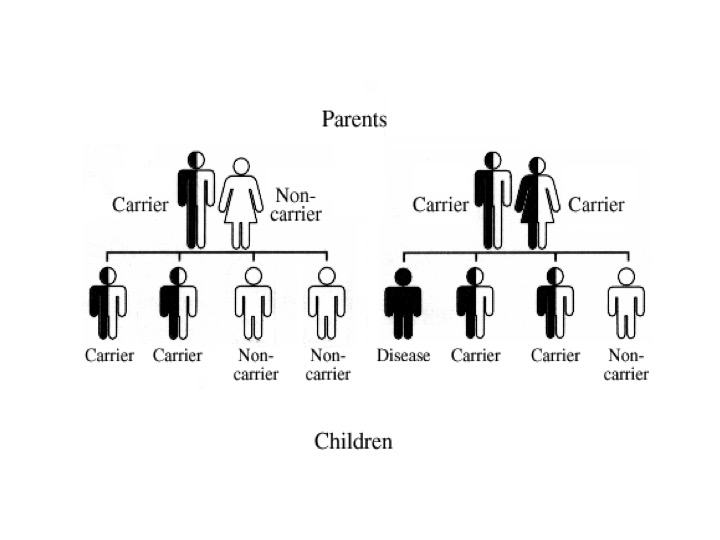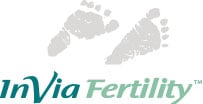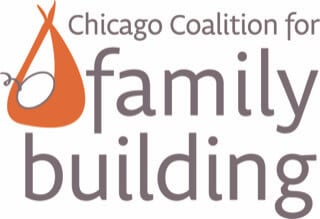

Ovarian hyperstimulation syndrome (OHSS) is a potentially serious complication with the use of fertility drugs during IVF. The diagnosis, prevention and management of OHSS have been discussed in a previous blog. Despite our best efforts, 3 – 5% of patients will have OHSS. Approximately 1% will accumulate a significant amount of fluid in the pelvis and abdomen. This can cause difficulty breathing, abdominal distension and pain sufficient to make a patient miserable. Aggressive and early drainage of this fluid is an excellent way to safely manage OHSS. Transvaginal ultrasound-guided tapping of the fluid (culdocentesis) and will be discussed in detail in this blog.
Once the fluid is tapped, there is an immediate decrease in the intra-abdominal pressure with the patient being able to breathe without difficulty.
Physiologically, drainage of the fluid results in improved venous return and increased blood flow to the kidneys.
The fluid that is drained is rich in substances that are responsible for OHSS. These include substances like vascular endothelial growth factor (VEGF) and other inflammatory substances released by the hyperstimulated ovaries.
Frequent and early taps have significantly reduced the incidence of hospitalization due to severe OHSS.
This is an outpatient procedure done in our office. The equipment used is similar to what is used during egg retrieval. An ultrasound machine with a vaginal probe is used. There is a needle guide that is attached to the probe and through the central channel of the needle guide a needle is inserted to perform the procedure. Incidentally, the needle used is the same needle that is used for egg retrieval.
The patient is generally wide-awake during the procedure and anesthesia is not required in most cases. The patient is positioned sitting up with her legs in stirrup. In this position, the back is up so that the fluid in the abdomen collects in the pelvis where it can be drained.
During a tap, fluid is aspirated from the posterior cul-de-sac, a space located in the back of the uterus. A vaginal ultrasound is performed to directly visualize the location of the fluid in relation to the uterus. Next, a needle is advanced (through a needle guide fitted onto the vaginal ultrasound probe) through the vaginal wall into the pocket of fluid. Care is taken to avoid the bladder, bowel or major blood vessels. The fluid is then aspirated (suctioned), and evacuated. The patient is monitored throughout the procedure.
We will try and remove as much of the fluid as possible. Incomplete removal can result in re-accumulation of the fluid and a return of the symptoms. Usually we will tap between 1,000 and 3,000 ml of fluid. Patients often experience immediate improvement in their abdominal distension and discomfort, as well as improvement in their breathing, and can resume normal daily activities following fluid aspiration.
The entire procedure typically does not exceed 20-25 minutes. Patients may feel a slight “pinch” when the needle is advanced and slight cramping for a few minutes following the procedure; however the aspiration process itself is normally painless.
It is generally a safe procedure. Potential complications include infection and injury to major blood vessels or bowel. We have never had a serious complication at InVia.
Yes, especially if you are pregnant. OHSS is triggered by human chorionic gonadotropin (hCG) – the pregnancy hormone. In pregnant patients, hCG levels rise exponentially and will make OHSS more severe and last longer. This results in re-accumulation of the fluid requiring a repeat tap. There is no danger to the baby from the procedure. Pregnant patients feel so much better after a tap. It is not unusual for a pregnant patient to come to the office demanding a repeat tap!
To conclude, transvaginal ultrasound-guided paracentesis of abdominal fluid (“tap”) is an outpatient procedure that is used to manage OHSS. It gives immediate relief to the patient and is quite safe. It reduces the severity of OHSS and significantly reduces the need for hospitalization.

Entire Website © 2003 - 2020
Karande and Associates d/b/a InVia
Fertility Specialists
